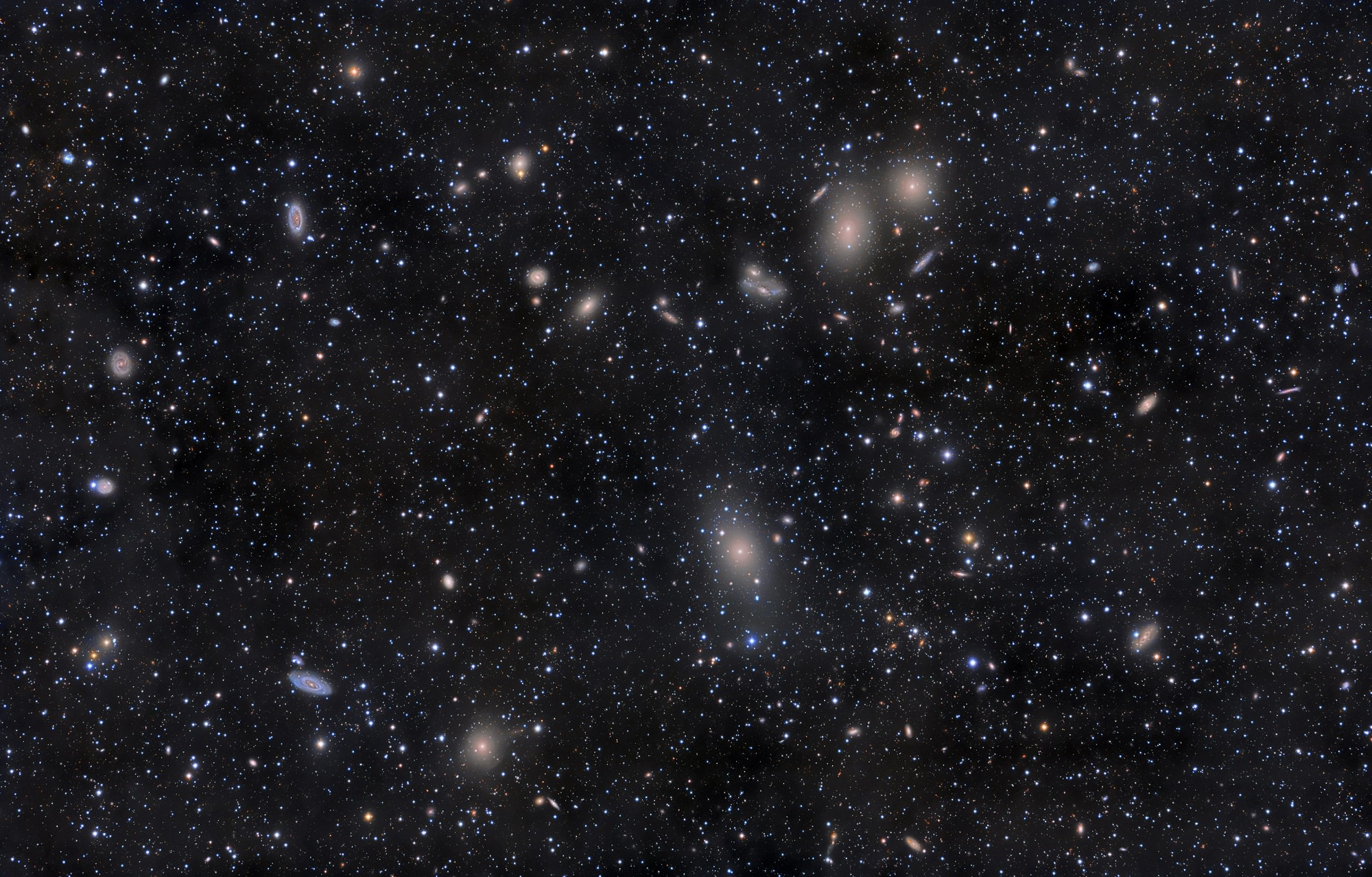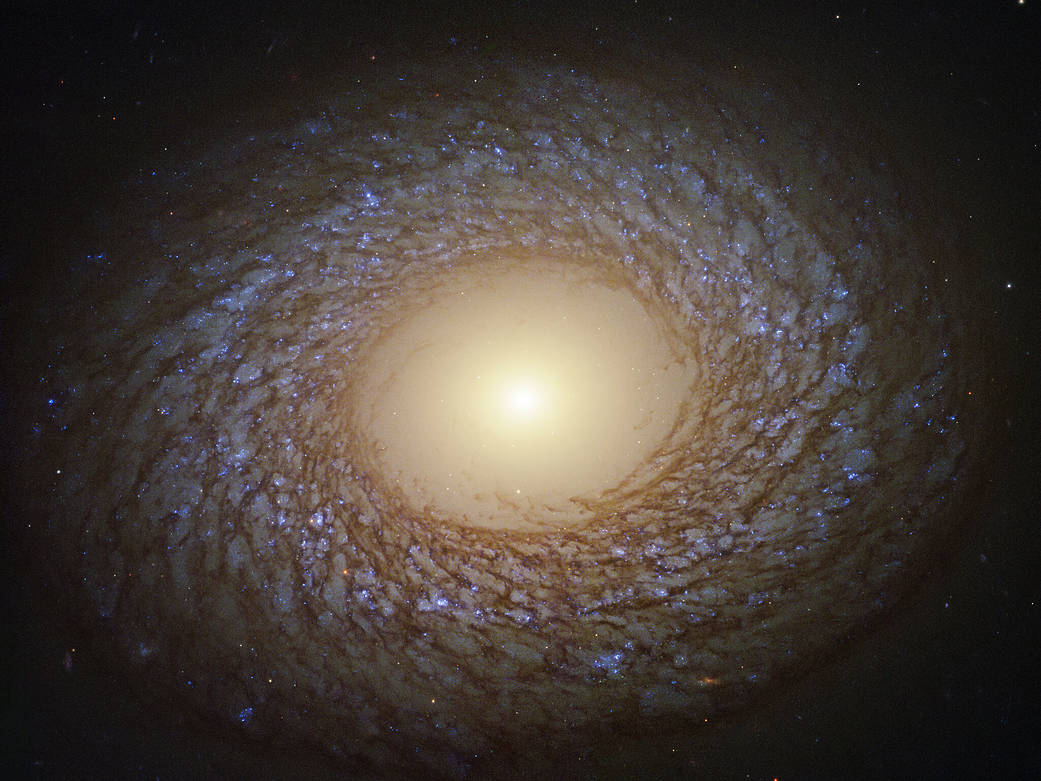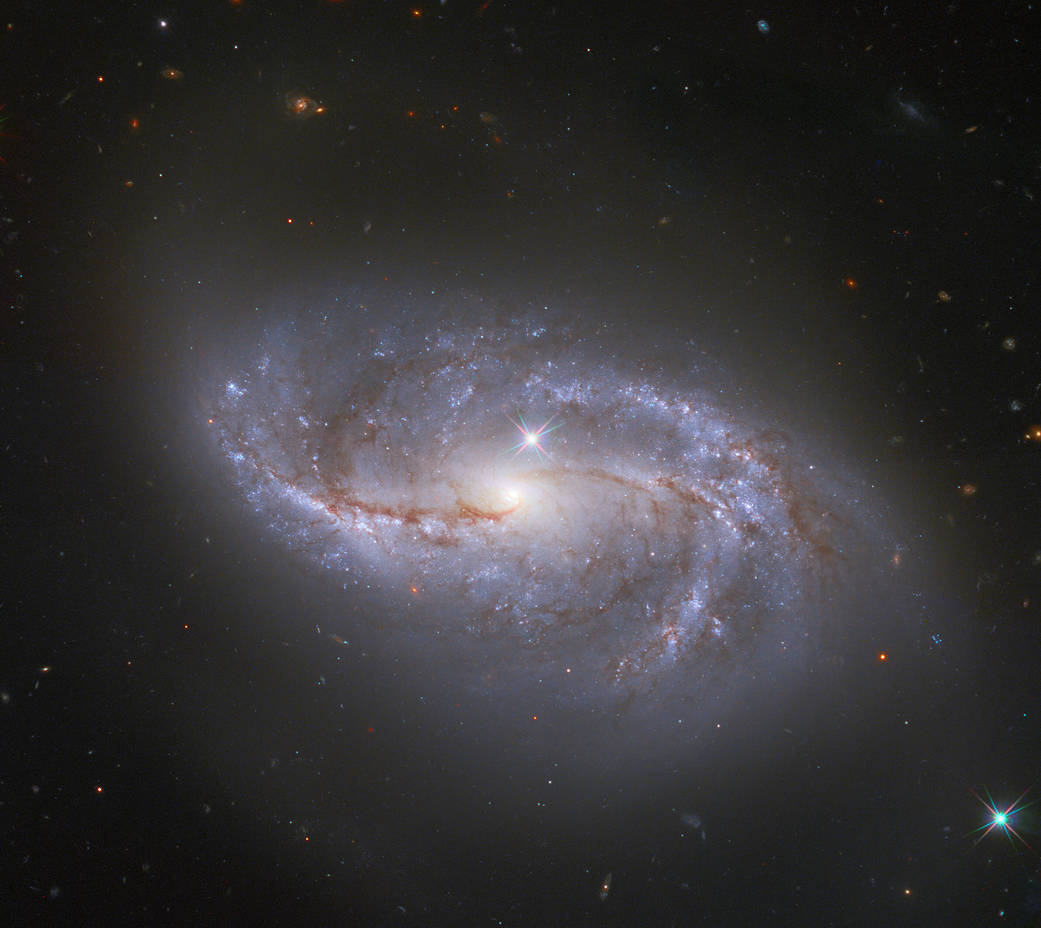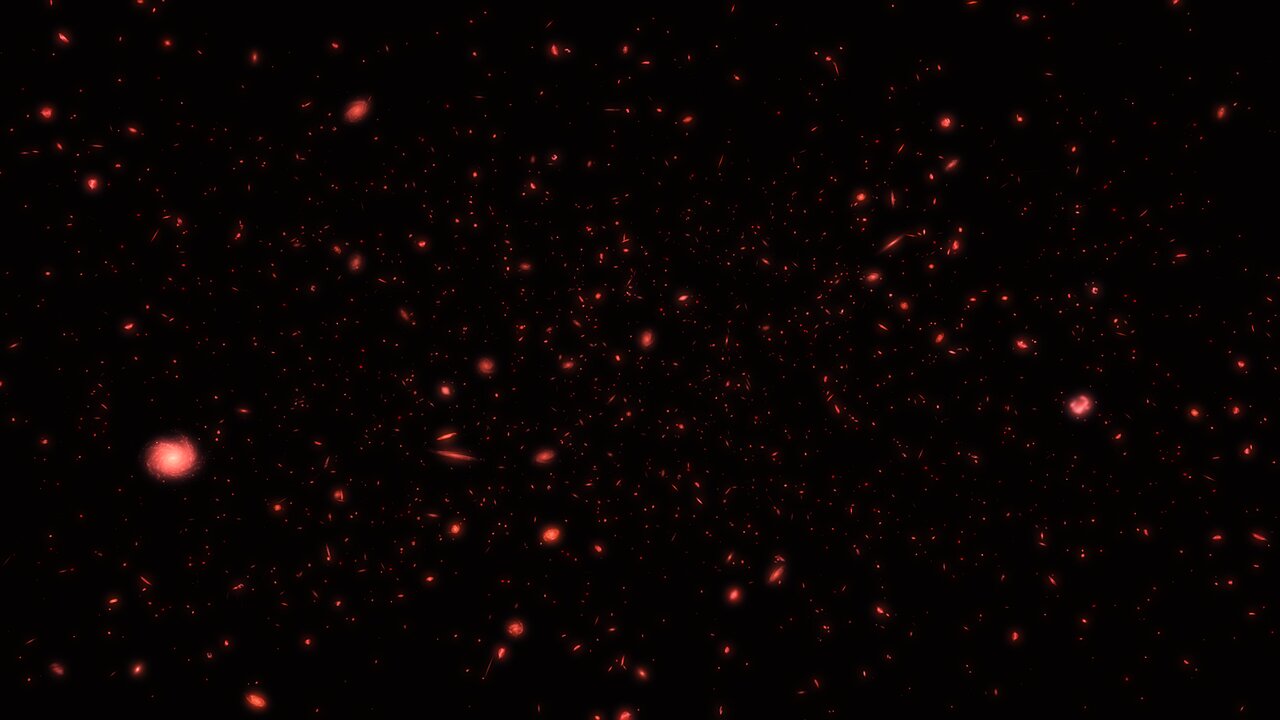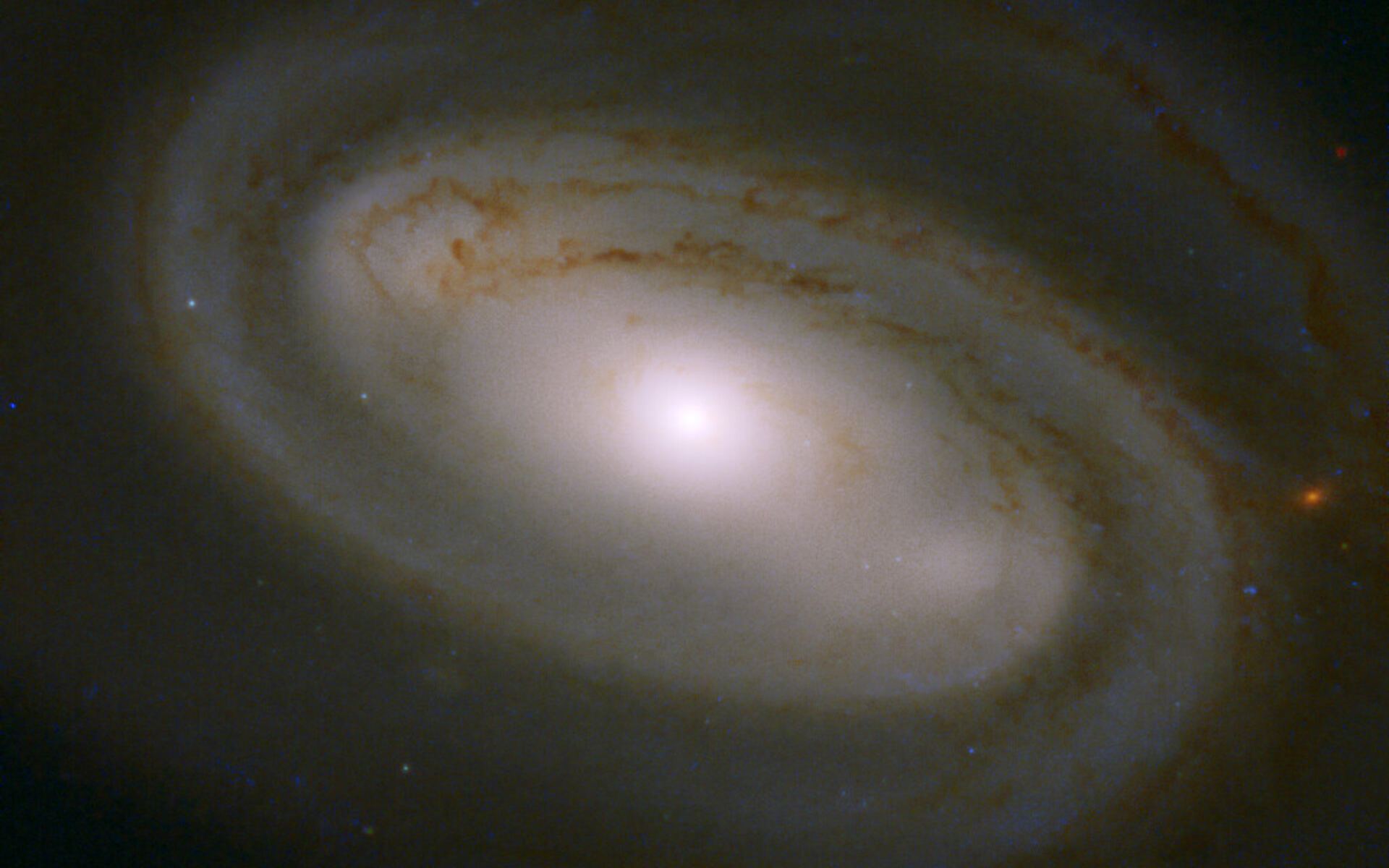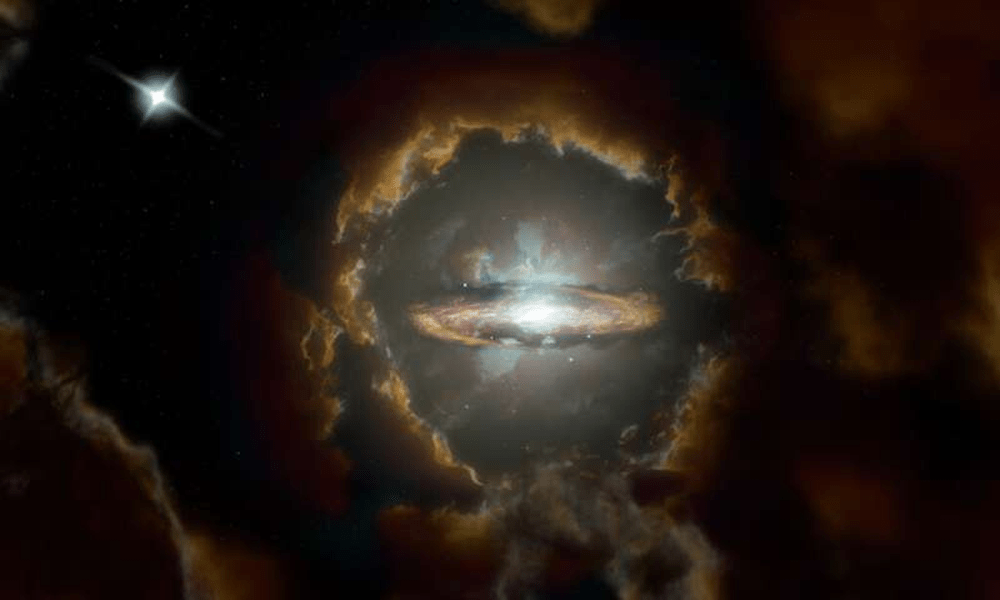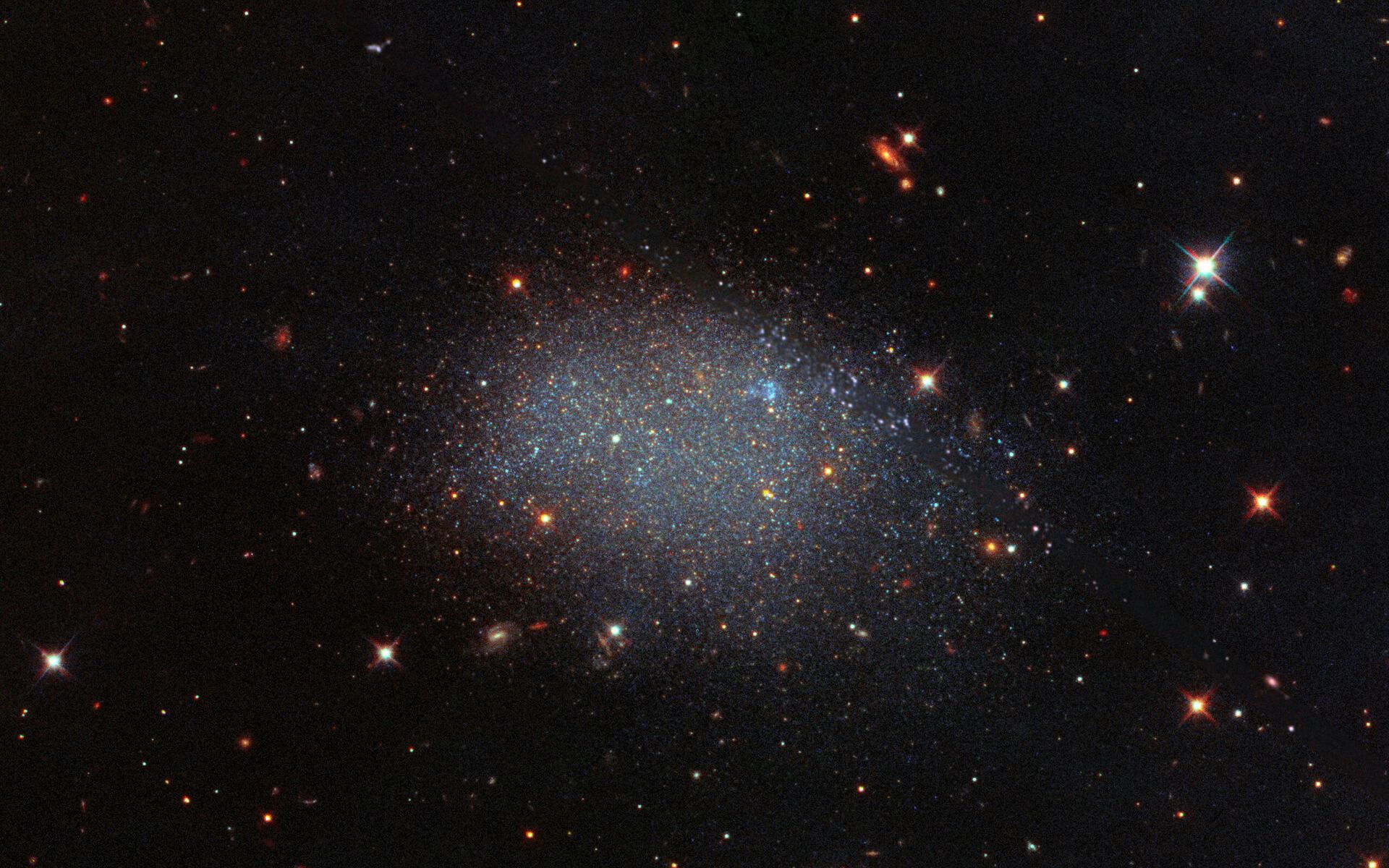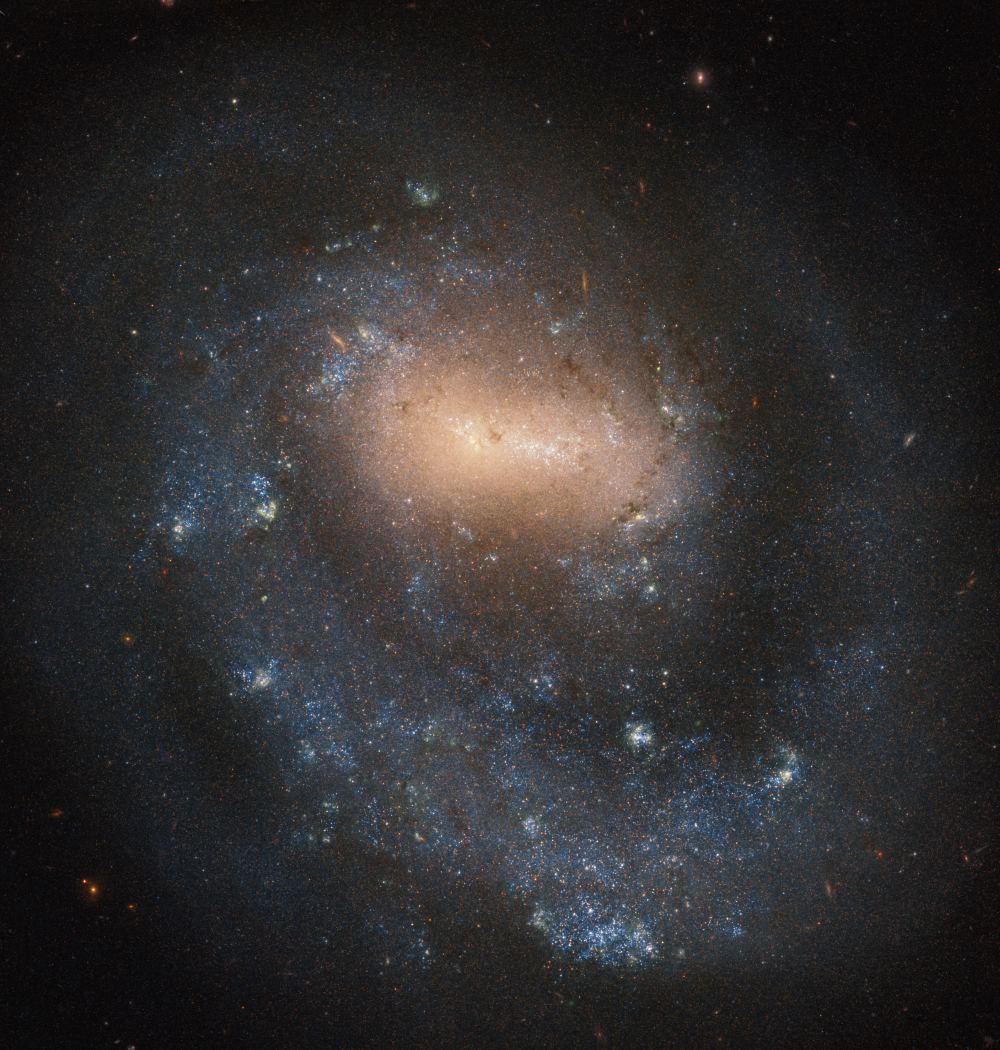Dark matter is difficult for astronomers to study, but that doesn’t keep them from trying. And with skill and determination, they continue to find exciting things about the invisible stuff.
Continue reading “Small Amounts of Dark Matter are Creating Much Stronger Gravitational Distortions than Anyone Expected to See”Small Amounts of Dark Matter are Creating Much Stronger Gravitational Distortions than Anyone Expected to See
